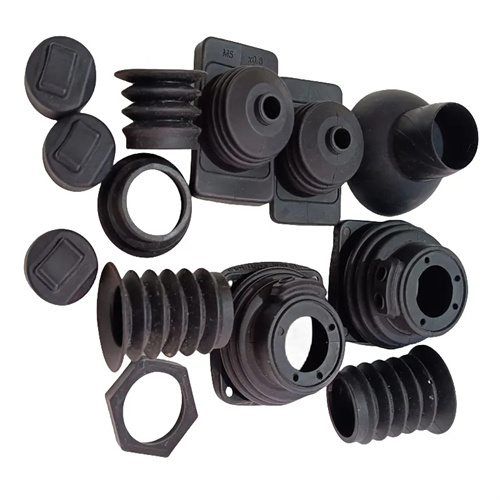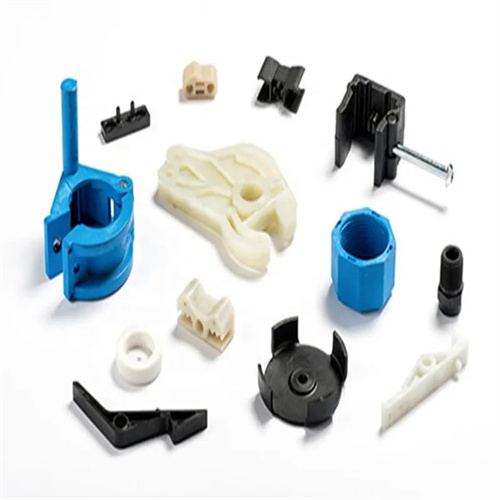Injection mold molding size calculation
Calculating injection mold dimensions is a core step in mold design, directly impacting the dimensional accuracy and assembly performance of the molded part. Molding dimensions refer to dimensions directly related to the mold cavity and core, which are directly related to the product’s dimensions. Their calculation must comprehensively consider factors such as plastic shrinkage, mold manufacturing tolerances, and the product’s operating environment. Improper calculations can result in out-of-tolerance product dimensions, assembly difficulties, or reduced performance. Therefore, designers must master scientific calculation methods and incorporate practical production experience to ensure mold dimensions meet both product requirements and adapt to various variables during the production process.

Plastic shrinkage is a key parameter in calculating molding dimensions, and the accuracy of its value directly impacts the calculation results. Plastic shrinkage refers to the dimensional shrinkage of a product after removal from the mold due to cooling and molecular chain relaxation, typically expressed as a percentage. Different types of plastics experience significant shrinkage. For example, polyethylene (PE) has a shrinkage rate of 1.5%-3.5%, while polystyrene (PS) shrinks only 0.2%-0.8%. Even within the same plastic, shrinkage can vary depending on the grade and filler content. For example, glass fiber-reinforced PA66 can have a shrinkage rate as low as 0.3%-1.5%, while unreinforced PA66 shrinks 1.5%-2.5%. Furthermore, shrinkage is affected by the product structure (such as wall thickness and shape) and process parameters (such as mold temperature and holding pressure). Thick-walled areas typically shrink more than thin-walled areas, and increased mold temperature increases shrinkage. Therefore, when calculating molding dimensions, it is important to select a reasonable shrinkage range based on the specific plastic type and product characteristics, and to determine this through testing if necessary.

The calculation of cavity dimensions must be based on the product’s outer dimensions, taking into account shrinkage and mold manufacturing tolerances. For linear dimensions of a product (such as length, width, and height), the basic cavity dimensions are calculated as follows: Cavity Dimension = Basic Product Dimension × (1 + Average Shrinkage) + Mold Manufacturing Tolerance. The average shrinkage depends on the plastic type and product structure. Mold manufacturing tolerance is typically 1/3-1/5 of the product tolerance. Following the “one-way deviation” principle, the cavity dimensions should be adjusted to the upper tolerance to ensure the product dimensions do not exceed the maximum limit. For example, if a PS product has a length dimension of 100 ± 0.3 mm, an average shrinkage of 0.5%, and a mold manufacturing tolerance of ± 0.05 mm, the cavity length should be 100 × (1 + 0.005) + 0.05 = 100.55 mm, with a tolerance of -0.05 mm (i.e., 100.55 – 100.50 mm). For cavity dimensions with radians or curved surfaces, the radians or curvature radii must be converted into linear dimensions before calculation to ensure that the surface accuracy meets the requirements.

The calculation of core dimensions is based on the product’s internal dimensions, and shrinkage and manufacturing tolerances must also be considered, but the calculation method differs from that for cavity dimensions. The formula for calculating core basic dimensions is: Core size = Product basic dimensions × (1 + Average shrinkage) – Mold manufacturing tolerance. Core dimensions should be adjusted for tolerance to ensure that the product’s internal dimensions do not fall below the minimum limit. For example, if a PE product has an internal bore diameter of 50 ± 0.2 mm, an average shrinkage of 2.0%, and a mold manufacturing tolerance of ± 0.03 mm, the core diameter should be 50 × (1 + 0.02) – 0.03 = 51.0 – 0.03 = 50.97 mm, with a tolerance of + 0.03 mm (i.e., 50.97 – 51.00 mm). For threaded cores, in addition to calculating the major and minor diameters, the shrinkage of the thread pitch must also be considered. The pitch dimension is calculated using the same method as for linear dimensions to ensure smooth engagement of the product’s threads with the mating component. In addition, the length of the core must take into account the draft angle of the product to avoid dimensional deviation caused by draft.

Correction and compensation of mold molding dimensions are crucial for ensuring product dimensional accuracy and require dynamic adjustments based on actual production conditions. During the mold trial phase, if part dimensions are found to be out of tolerance, mold dimensions must be corrected based on the measurement results. If the part dimensions are undersized (excessive shrinkage), the cavity or core dimensions should be appropriately increased; if the part dimensions are oversized (excessive shrinkage), the corresponding molding dimensions should be reduced. The calculation of the correction amount must account for the deviation between the actual and designed shrinkage rates. For example, if the shrinkage rate is designed to be 2.0%, and the actual shrinkage measured after mold trial is 2.5%, the cavity dimensions should be increased by 0.5%. For molds produced in large quantities, the impact of mold wear on dimensions must also be considered. A wear allowance of 0.01-0.05mm is typically reserved during design to extend mold life. Furthermore, for products with extremely high dimensional accuracy requirements (such as tolerance grades IT5-IT7), the “cavity and core adjustment method” can be used to fine-tune the relative position of the cavity and core to compensate for shrinkage fluctuations.

Mold dimension calculations must also consider the product’s operating environment and assembly requirements. If the product will be used in a high-temperature environment, the effects of thermal expansion on dimensions must be considered, and shrinkage should be appropriately reduced during calculations. If the product requires an interference fit with other parts, the mold dimensions should be adjusted based on clearance requirements to ensure proper assembly. For products with complex structures (such as ribs, bosses, and grooves), mold dimensions must be calculated for each component separately, paying particular attention to the relative positional accuracy of each dimension to avoid assembly interference caused by uneven local shrinkage. With the advancement of computer-aided design (CAD) technology, modern mold design software (such as UG and Pro/E) now includes built-in plastic shrinkage databases and mold dimension calculation modules. Designers can automatically generate cavity and core dimensions and tolerances by inputting parameters such as part dimensions and plastic type, greatly improving calculation efficiency and accuracy. However, software calculations still need to be reviewed with the engineer’s experience to ensure that mold dimensions are both scientifically sound and meet actual production requirements.
